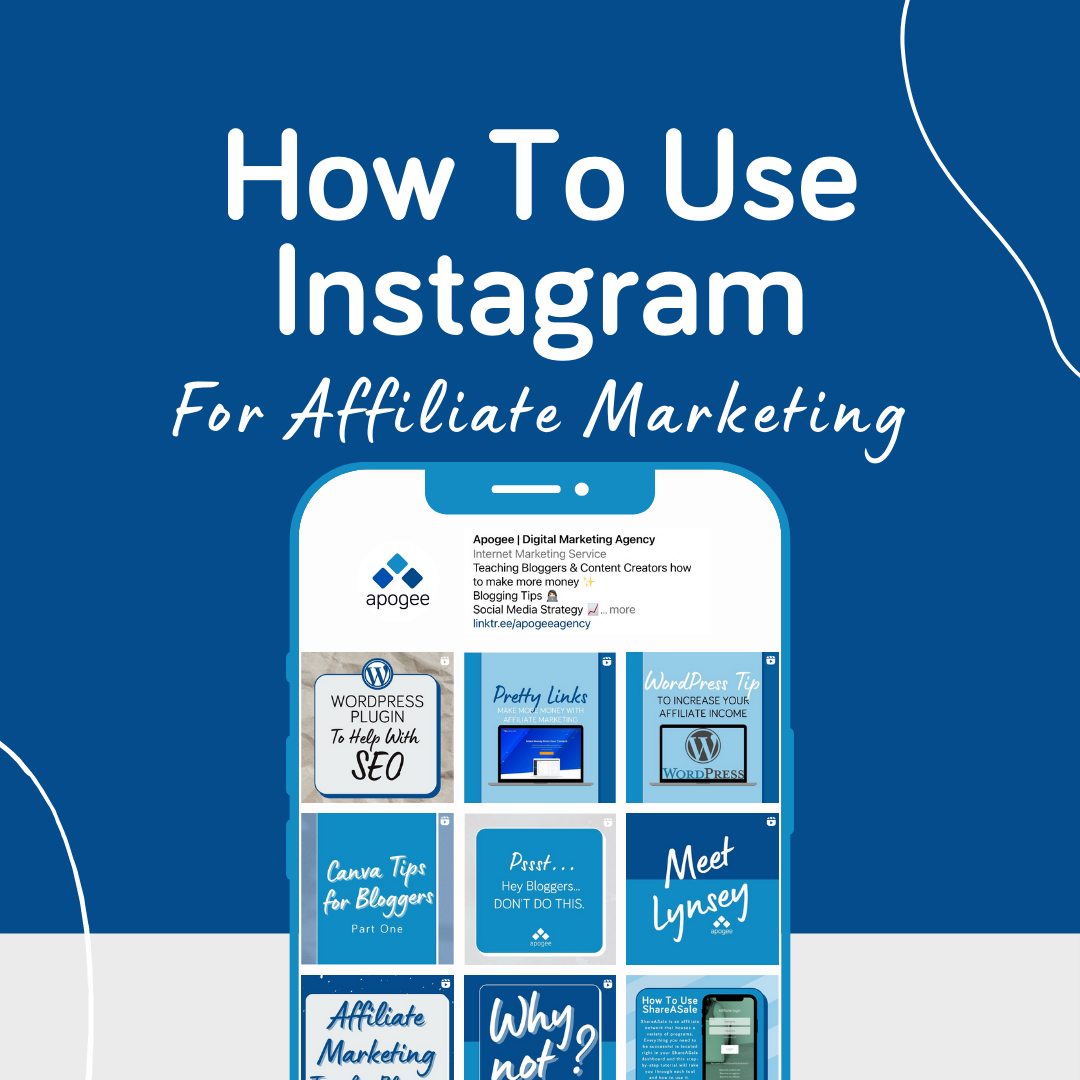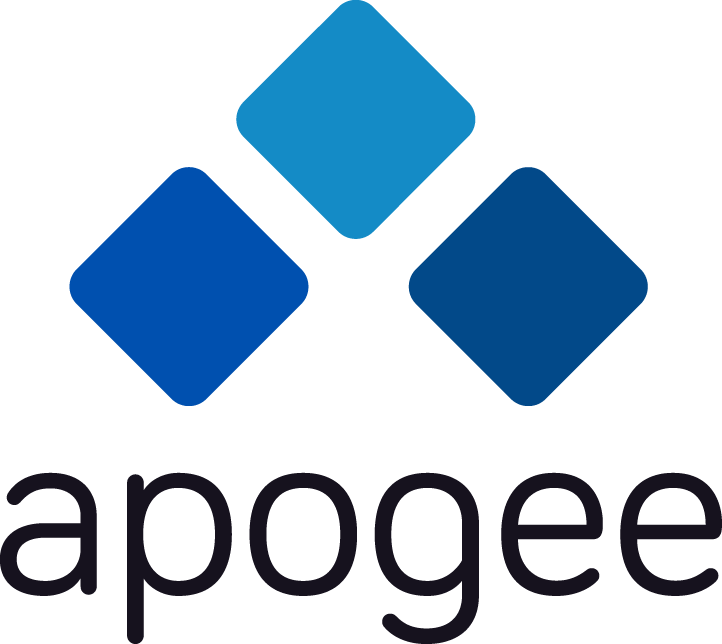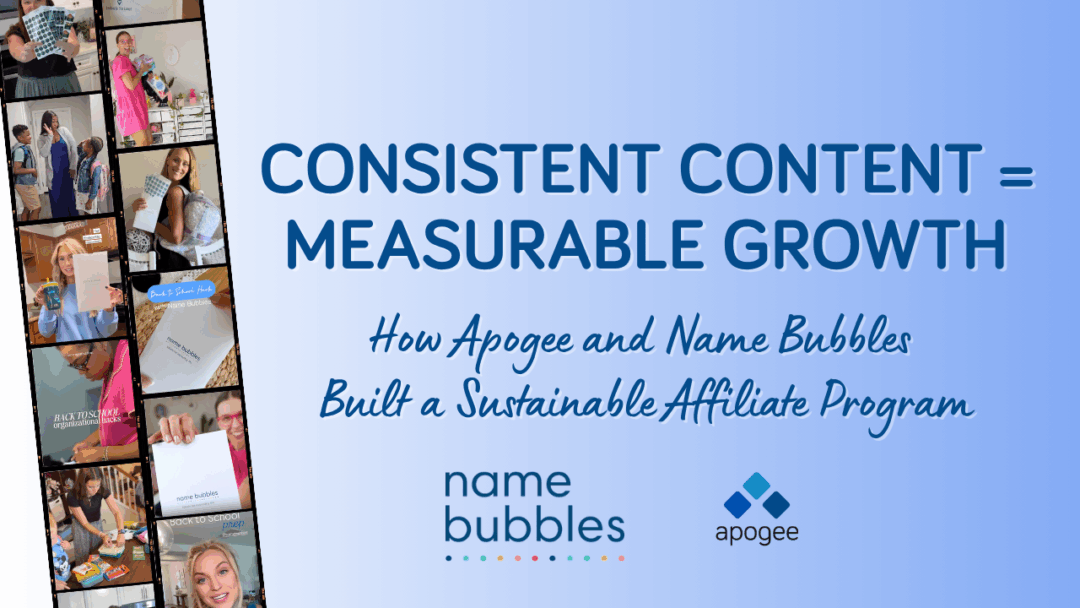
Apogee Agency: A Reintroduction To Our Brand and Expertise
August 26, 2021
Instagram for Affiliate Marketing – A How-To Guide
September 29, 2021Skimlinks is a gateway between PR practitioners and major media publications looking for new ways to make money. In this Skimlinks review, we’ll discuss why it’s important for the PR industry and how to avoid some of the common pitfalls with the online channel they are associated with—affiliate marketing. Skimlinks is not new and has been a significant player in the affiliate industry for the last decade. Now, they lead the way for top publishers such as Hearst, Conde Nast, Huffington Post, and others to earn money outside of (or in addition to) subscriptions and traditional ads. These large publications are searching for additional revenue sources, and Skimlinks offers a simple and effective solution.
The Public Relations world has been abuzz with the addition of the phrase “commerce content” over the last few years, specifically through a company called Skimlinks. PR professionals pitch editorial content to reporters, but those pitches are now often referred over to other employees that assist with monetization for the publications. These commerce editors want to make sure the content will make money for the media companies they represent.
This is not how PR worked in the past, and it’s a gray area for traditionalists. In years past, respectable agencies were able to gain editorial placements based on a story's relevance or the relationships they had built with reporters. While that still happens on occasion, it now often involves a pay-to-play model and adding product links through affiliate networks that are paid based on performance. If the user clicks through the affiliate link and purchases, the publication will earn a piece of that transaction from the brand.
Why Use Skimlinks?
Media corporations do not have the personnel to monetize each relevant keyword and link them to established financial relationships with brands. It would require them to join individual affiliate programs, which is time-consuming. Each one is usually managed separately, wait through the approval process, then create and implement the trackable codes. Skimlinks automation makes sense for companies with limited resources and rapidly expanding content as merchant links can be easily added to new and existing content.
Skimlinks is a sub-affiliate network. Skimlinks takes a cut of the commissions for themselves when a transaction happens and shares the rest with its sub-affiliates. By installing code, website owners can monetize brand names, brand mentions, popular products, and other product-related information written about in their articles or blog posts. It’s as simple as adding and configuring the Skimlinks Plugin, which, according to their website, enables more than $5.5 million worth of transactions each day. Brands need to understand how to optimize the opportunity because the reward is substantial.
For the sake of this article, let’s define some of the terms. A brand is an advertiser, an eCommerce company that sells products or provides services. A publisher (or affiliate) sends traffic to advertisers through specially-coded trackable links. Publishers could be media companies like Good Housekeeping magazine or lifestyle bloggers with thousands of followers on social media. Size matters not. Even new bloggers with a simple WordPress site are content creators and can play an important role in the e-commerce ecosystem. Publishers can use Skimlinks to monetize the content they post, creating a revenue stream.
I asked a veteran PR Agency owner what they know about Skimlinks. Here is the direct quote, “I know nothing except that reporters are constantly asking me for them.” When a PR representative is told their client or brand needs to work with Skimlinks, they can’t just sign up with Skimlinks directly. The advertiser needs to launch an affiliate program on a network or platform such as ShareASale, Impact, or Refersion. Skimlinks is a publisher—affiliate—in these networks, and so publishers in the Skimlinks system are sub-affiliates.
Affiliate Program Launch
The process to launch an affiliate program is a multi-step endeavor. First, it requires a functioning e-commerce website. Then the company needs to sign contracts with the networks, pay integration fees, and schedule IT development time to install necessary tracking code. Most importantly, the advertiser needs to understand how to manage an affiliate program for long-term growth. In the end, it could cost thousands of dollars to set up and several weeks of integration before the program is ready for publishers to join. It may be weeks before any get active with promotions. This can frustrate everyone involved if a PR pitch is time-sensitive and budgets are already allocated for different initiatives. Furthermore, there’s still no guarantee a particular publisher will be interested in writing about the product or brand, or that the publisher's audience will be interested in buying.
Affiliate marketing does work, and it can help a brand grow, but it’s not a frontline battle channel. It is best used as one of the layers in an overall online marketing strategy. Customer service and brand recognition take priority. Paid search and paid social should be tested before affiliate, and social communities should be built with an eye toward the brand's ideal demographics. When it’s time to expand and hire a PR team, make sure they understand that affiliate marketing should be part of a hybrid strategy. An affiliate program that exists just so one media publication will link to the brand one time is a waste of time, resources, and potential. Affiliate marketing is much bigger than that and with the right approach, the affiliate channel can grow a brand's e-commerce revenue by an average of 15% over 12-18 months as affiliate partners share their referral links.
Once an affiliate program is driving traffic, a PR team can use published articles to prove to other publications that robust commissions are possible, and that they should have their commerce team run the numbers. Affiliates drive traffic that commerce editors can look at as a metric to decide whether or not the opportunity to make money exists. If a brand's Similar Web numbers aren’t impressive yet, they could very well reject the entire pitch. A robust strategy is a must.
Traffic should ideally flow to the brand's DTC website. Publishers who see a brand's products on Amazon may prefer to use Amazon Associates links because they can convert at a higher percentage or can include products from multiple brands in a single commissionable transaction. Where is the ideal growth? Is it better for the Chicago Tribune to link to a brand's site or to an Amazon listing? Amazon might help sell the product but the brand website tells the story and captures a customer for post-purchase loyalty building opportunities. If a PR hit yields great coverage, make sure the links go to the right place.
A hybrid PR and affiliate approach is a winning combination when considering the legacy of trying to figure out the effectiveness of traditional PR efforts. There are many tools to measure PR value, but with the added layer of affiliate links, online sales can finally be tied to the overall strategy.
Common Pitfalls
Skimlinks works with 60,000 publishers and 48,500 affiliate programs, and those numbers are growing every day. Apogee has worked with Skimlinks since our inception in 2009. Managing this relationship requires weekly maintenance from our team. The benefits are spectacular when optimized and done right, but here’s a vital point about the service: Some of those 60,000 publishers are coupon sites. Brands are typically scared of coupon sites and when it comes to Skimlinks, they should be. Apogee works with Skimlinks to remove sub-affiliates that are not content-related and we do not allow coupon sites, cashback sites, loyalty, reward, or paid search publishers to utilize services like Skimlinks.
When an affiliate program launches, the application vetting process is the single most important thing. Brands should only work with the affiliates with whom they feel comfortable as representatives of the brand's products. Brands that decline a coupon site but approve a sub-affiliate network leave open a back door. Most new affiliate managers, whether they are PR reps or brand owners, don’t see the details until it’s too late. Right next to a sale from Buzzfeed could be a coupon site with fake codes and misinformation about the brand. The ultimate goal is to manage the customer’s experience with the brand, and that is much harder to do within a sub-affiliate relationship.
On a positive note, Skimlinks offers the opportunity to create custom incentives and custom commission rates within the network to maximize the content monetization network. Brands can choose to offer a higher commission to specific publishers, while only giving a small commission to others. This does require management and monitoring but should be a part of the affiliate marketing process for any brand looking for maximum publisher coverage.
As a result of Apogee's sub-affiliate strategy with brands, we get to send reports showing the coverage results and the corresponding sales. Here’s an example from a recent month: 33 pieces of coverage; 697m online readership; 1.27m estimated coverage views; 10.2k social shares; 79 average domain authority; 87 orders; $15,248 in sales; 5,991 clicks; 1.47% conversion rate.
We’ve been studying the evolution of mass media's use of affiliate marketing to enhance revenue for the last few years, and it led us to change the way we do business as an agency. Read more about how Apogee reintroduced our brand and expertise based on this new hybrid approach.
Here is my sales pitch to the public relations professionals and brands reading this. Contact us right now and let us help you launch an affiliate program the right way, including managing your Skimlinks relationship, for maximum benefit and return. We can work with you on a project basis to launch a new program or revamp a unoptimized one. We also offer long-term management solutions. Use our best practices and resources privately or through a white label solution. We can help you succeed.
If management isn't right for you just now, if you have a tight budget and you need to do it on your own, perhaps make your affiliate program private.
To Recap
Skimlinks offers an incredibly lucrative opportunity that is mutually beneficial to brands and publishers. It offers an easy way for publishers to monetize old content which is still generating traffic by automatically switching ordinary links with a Skimlinks affiliate link. With an understanding of how to properly manage the relationship, this tool can be a game-changer for a brand's e-commerce efforts.






